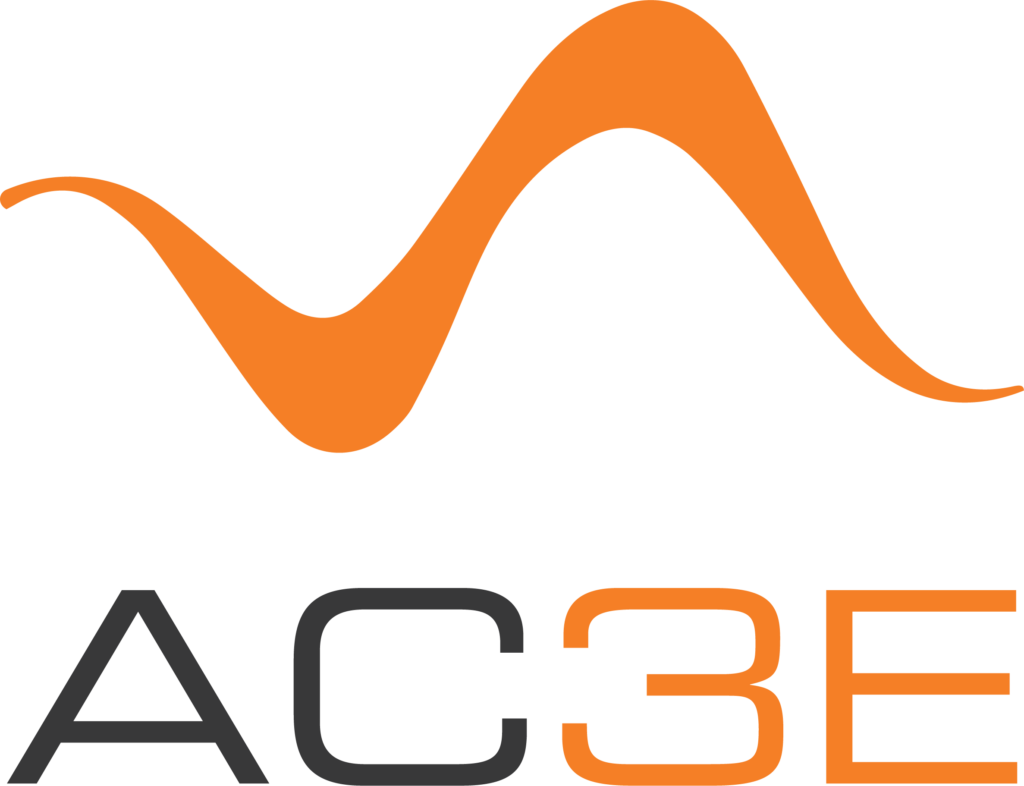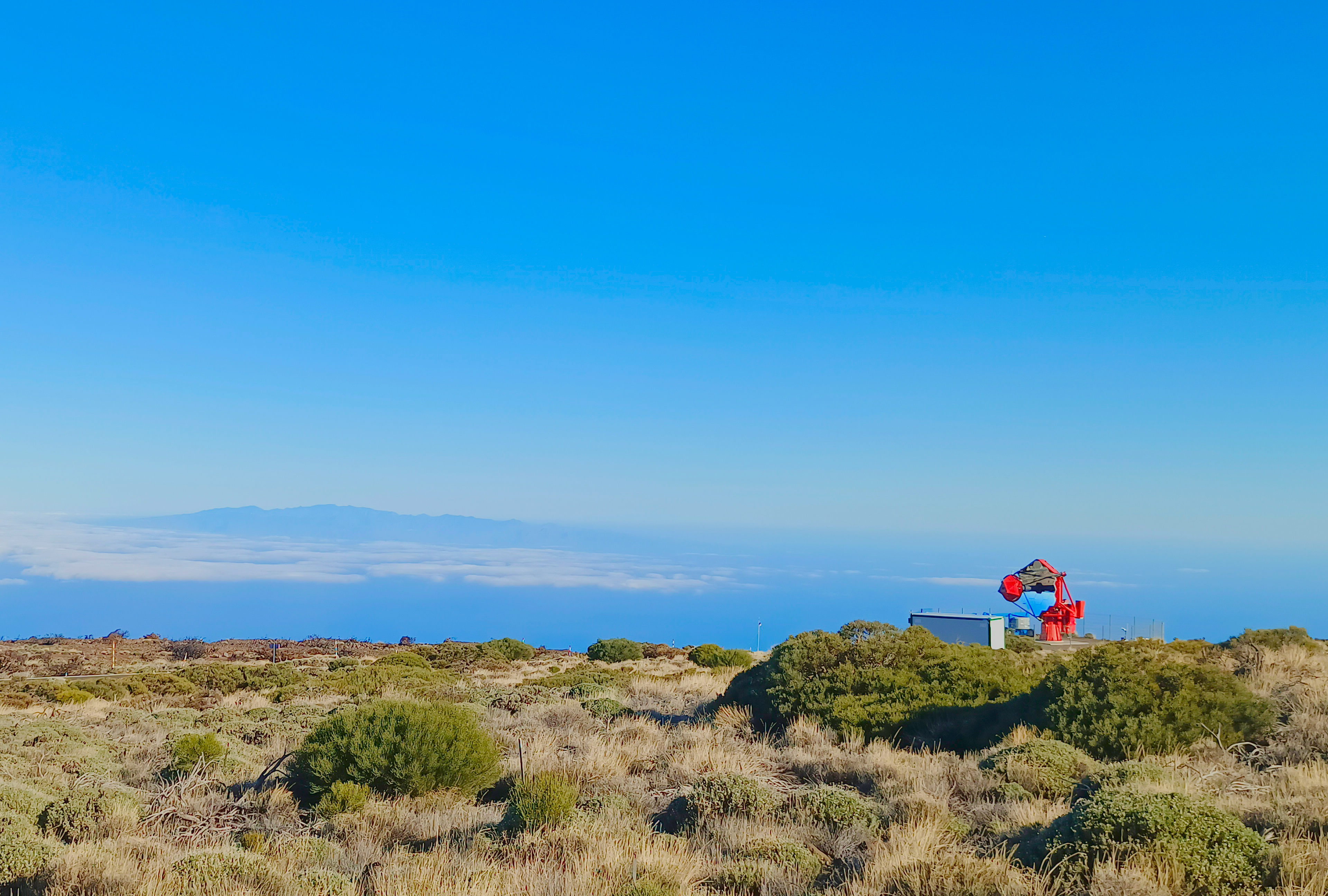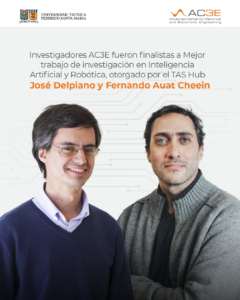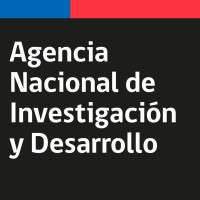In February, engineers from the Advanced Center for Electrical and Electronic Engineering, AC3E, traveled to Italy to conduct in situ tests of the central control software for the operation of 9 telescopes at the Italian observatory located on Mount Teide, in Tenerife (Canary Islands, Spain). The observatory can be operated and controlled from anywhere in the world, obtaining precise information on energy, direction, and arrival time of gamma-ray photons from the most energetic astronomical sources in the universe.
It is worth remembering that in October 2023, the research center was awarded the design, development, and on-site installation of the software, within the framework of the Astri mini-array project (CCS – Central Control System), commissioned by the National Institute of Astrophysics (INAF Italy).
AC3E Research and Development Engineer, Isaías Huerta, was in charge of executing this part of the project, which consisted of deploying, verifying, and validating the complete ASTRI software in its current state, together with representatives from the various teams involved in the project, to make the necessary adjustments. “This first test of the development we have been working on consisted of 3 nights of observation using a telescope to monitor everything for a predefined time. The first day was to record how the astronomers worked, then test the code and make adjustments for correct operation and good visibility of the operation,” the engineer highlighted.
The ASTRI project includes 4 development phases to finish with a functional observatory, that is, capable of making observations and producing scientific results. This successful test marks the end of the third stage, which considered observation, planning, control, and monitoring, to then move on to the final stage, where the most advanced functionalities will be developed to automate the observatory and, thereby, allow correct teleoperation.
“In this test carried out on site, the SCADA system with the integrated Central Control System was tested for the first time, using the ASTRI-1 telescope. With an observation schedule, the Central Control System calculated the trajectory and coordinated with the Telescope Control System to move the mount and observe the Crab Nebula for five minutes. It should be noted that the SCADA system is the one that controls and supervises the set of telescopes, the observation systems, and the site infrastructure. It also acquires data from the telescopes and provides a quick view of them,” said AC3E researcher in charge of the project, Dr. Mauricio Araya.
The ASTRI-1 telescope is the first telescope that will integrate the ASTRI Mini-Array, a set of nine four-meter diameter Cherenkov telescopes. Its structure is the same as that used in the telescopes called small-sized (SST), which will be part of the Cherenkov Telescope Array (CTA), the largest gamma-ray astronomical observatory in the world.
“The Central Control System that AC3E is developing has to interact directly or indirectly with all subsystems, so the fact that the tests were a success demonstrates that our center can not only carry out world-class engineering, but also develop these technologies collaboratively and coordinated with top-level researchers and engineers. I think it is very important to recognize the tremendous work that the team engineers Gabriela Montenegro, Juan Álvarez, Isaías Huerta, and Nestor Sayes have done,” highlighted Dr. Araya.
Once the fourth and final stage is completed, AC3E hopes to continue collaborating with the advanced functions of the observatory, such as the stellar intensity interferometry mode, or in the reconstruction and analysis of events using artificial intelligence, aspects for which the Center has outstanding experience and advanced human capital.










